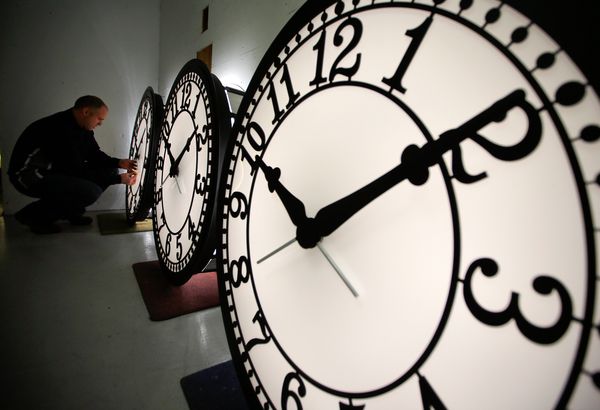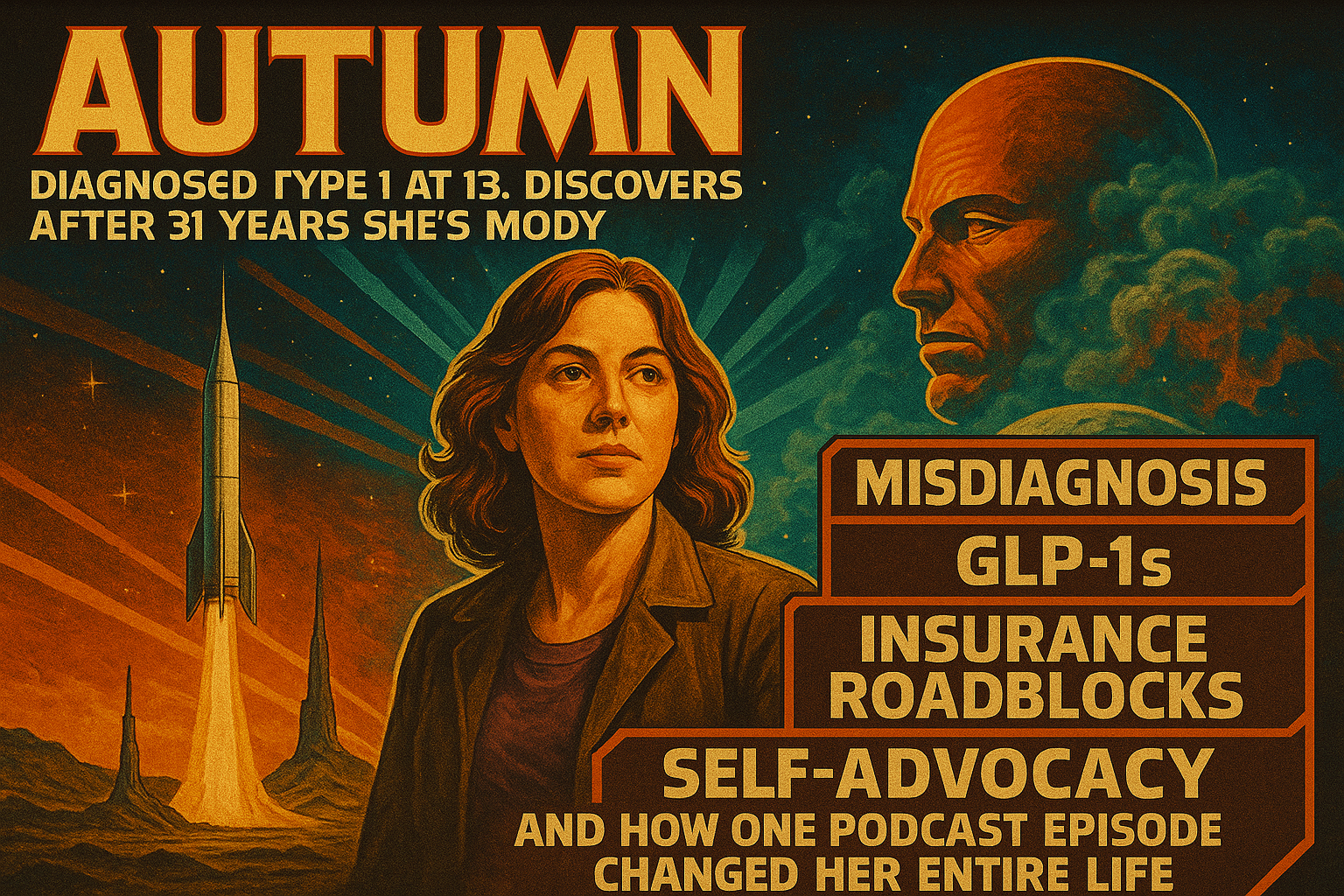Standard Deviation in Healthy Participants
Companion info from ep 344 of the Juicebox Podcast
Viral Shah et al., Continuous Glucose Monitoring Profiles in Healthy Nondiabetic Participants: A Multicenter Prospective Study
In episode 344 of the show John Welsh from Dexcom did a deep dive on Standard Deviation, Coefficient of Variation, A1c, Time in Range and more. It was fascinating and if you haven’t listened… I would. During the conversation the attached study was referenced and I received so many requests to see the study that it is now posted here. Get your diabetes data geek on!
John Welsh’s (Dexcom) example, from episode #343 of the Juicebox Podcast, about people without diabetes, is in Table 2 of the attached.
from John: Note that the “Mean, mg/dL (mean ± SD)” row gives a value of 99 ± 7 for all 153 participants. The row right below it is “SD, mg/dL (mean ± SD)” and gives a value of 17 ± 3. This is a bit weird and requires some explanation (from page 4358): the 99 ± 7 is the mean and SD of the 153 individual average CGM values – an average of averages. They could have calculated it as the mean and SD of every single glucose value that they collected (over 350K), but each person only provided 1 value (his or her mean glucose concentration) for this calculation. The point here is that normal folks have mean glucose values that are very close to 99 mg/dL (often within 7 mg/dL).
The “SD, mg/dL (mean ± SD)” row gives a value of 17 ± 3. This number is something different, and represents the expected dispersion within a particular individual. The point here is that normal folks should have variability of about 17 mg/dL in their glucose concentrations (often within 3 mg/dL).
We didn’t get that far down the rabbit hole with the podcast, but it might be interesting…
The Journal of Clinical Endocrinology & Metabolism, Volume 104, Issue 10, October 2019, Pages 4356–4364, https://doi.org/10.1210/jc.2018-02763

Daylight Savings Time
Don’t forget -- your microwave isn't the only clock that requires adjusting tonight.
The clocks in your meters, insulin pumps and CGMs need to ‘Spring Forward’ as well… #diabetes #daylightsavingstime
Important: Some insulin pumps may not offer bolus calculations for a period of time after you make clock adjustments.

PHOTO: National Geographic - news.nationalgeographic.com
Photo of a man adjusting giant clocks. Peter Shugrue checks a clock at the Electric Time Company factory in Medfield, Massachusetts, on March 8, 2013.
Juicebox Podcast
Noninvasive BG monitoring with Apple Watch, "considered to be years away".
There is a recent article circulating in the T1 community that in part reads, "Citing anonymous sources within Apple, reports in Bloomberg and the New York Times over the past weeks continue to add to the pile of leaks and rumors about two of Apple's currently under-development health devices: a wrist-worn glucose sensor and an EKG built into the Apple Watch."
The article goes on to call the glucose sensor a, "a noninvasive continuous glucose reader".
If you were to surf over to the New York Times link on the subject and read down you would see this...
“Separately, Apple is continuing research on a noninvasive continuous glucose reader, according to two people with knowledge of the project. The technology is still considered to be years away, industry experts said.”
"considered to be years away..."
That's pretty much it. I don't want to be a Debbie Downer and I'm certainly not a Negative Nancy but I didn't want you all to feel like this was coming with the next version of the Apple Watch.
Now on to some good news...
I have a new giveaway for you to check out.
Daylight Saving Time to Fall Back
It's that time again and whether you are a fan of the practice of Daylight Saving Time (I thought Saving had an S at the end until today) or not, it's about to happen.
In 2017 most of our watches, clocks and appliances adjust themselves but there are still a few items in the world that aren't connected to the Internet and much of your diabetes technology falls into that category.
Don't forget to adjust the time on your meter, continuous glucose monitor and insulin pump this weekend.
The person that came up with daylight saving must have had a child with type 1 diabetes, because who else considers two in the morning to be a viable time to accomplish something?
Daylight saving officially ends this year at 2 a.m. on November 5th but you can adjust your D-tech anytime before you go to bed. Be cautious, some insulin pumps will suspend bolus calculation assistance for a period of time after your adjust it's clock - plan accordingly.
If you want to learn more about Daylight Saving there is a quick video and detailed blog post over on National Geographic that you may enjoy.
New Apple Ad features Dexcom: Here is why that is important to you
"my daughter was recently diagnosed with type 1 diabetes"
People living with T1D are understandably excited to hear the words, "my daughter was recently diagnosed with type 1 diabetes" in an Apple ad... but that is just the beginning of why this Apple Watch advertisement should get your heart pumping.
People reach out to Apple all the time to say how Apple Watch is helping them live healthier lives. Here, real customers read the actual stories they shared. Learn more: https://www.apple.com/apple-watch-series-3
The percentage of people with type 1 using continuous glucose monitoring technology is still relatively low. The barriers to adoption are multivariable. Cost, lack of insurance coverage, misunderstanding of what the technology brings to your life and plain just not knowing that it exists are but a few. The truth however is that even if you never find your way to a CGM this quick video, in my opinion, should still make you happy. Here's why.
We finally have a device manufacturer in the diabetes world who moved beyond the diabetes world. When Dexcom searched for others whose collaboration might improve their product, they didn't just form a relationship with a little start-up. They formed a relationship with Apple. The mention of Apple Watch integration with Dexcom in this ad, in my opinion, is not random. The mention didn't happen just because someone wrote a letter. It is there on purpose. This is Apple telling us what is important to them and a signal of where they are focusing their efforts when it comes to the health space.
The company that put a smartphone into most every hand on the plant and the company that is hugely responsible for the technology that keeps my daughter healthy, they are dating. I think we are all going to like what their future children grow up to be. I'm even more excited when I think about the relationship that Dexcom has with Omnipod and the ways that the Apple connection could improve all aspects of the tech that helps to keep Arden's BGs where we want them.
For the moment its great to hear diabetes in the mainstream in such a positive way, but I think that this is only the beginning of how Dexcom and Apple are going to make us smile. It is important to note that Dexcom advertises on the Juicebox Podcast but that I wrote this piece on my own.































